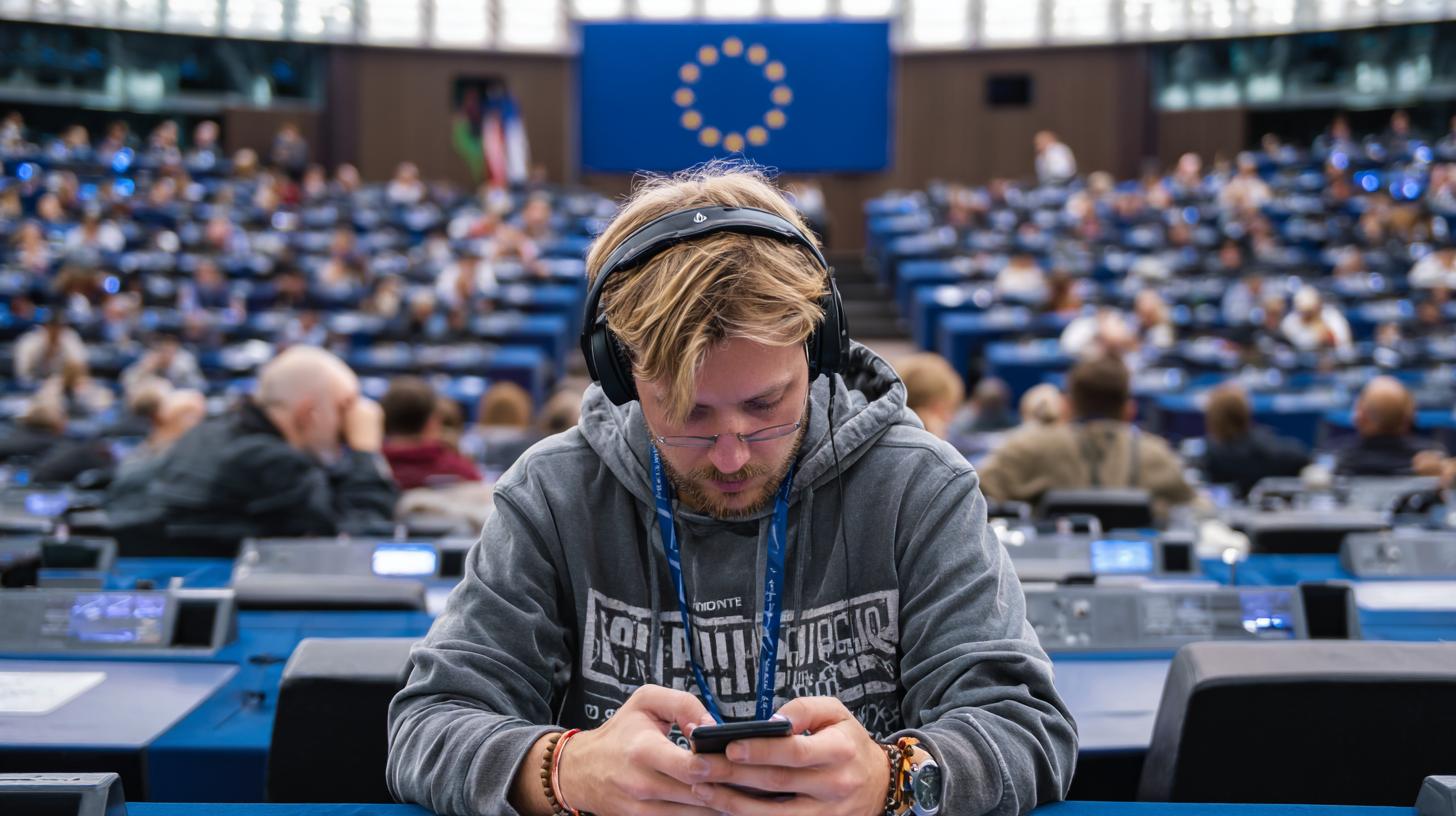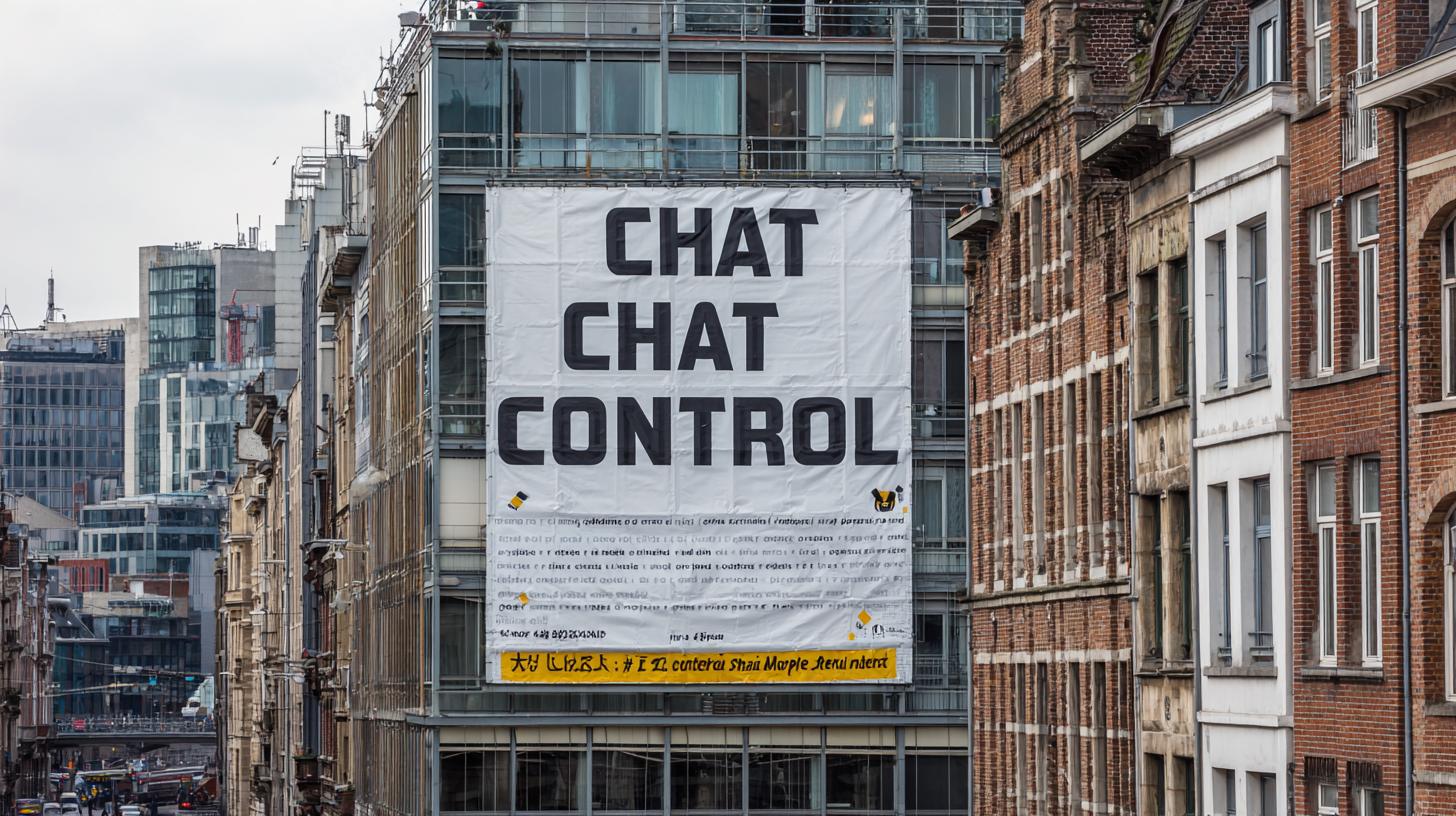If you’ve been following the debate around privacy and policing in Europe, you’ve probably heard the phrase “chat control” bandied about with equal parts alarm and bureaucratic calm. This proposed EU regulation communications initiative has become one of those rare political storms where technology, human rights, terrorism prevention, and political theater collide. The European Commission and some member states argue this is a necessary step to protect citizens from vile crimes; critics say it opens the door to pervasive digital surveillance EU-style, and that it may irreparably harm secure communications for everyone. New furnace installation without guesswork – read the plan click to view and see the
The push to bring the measure to a formal EU council vote has accelerated conversations across parliaments, newsrooms, and dinner tables. For many, the question boils down to the eternal debate: privacy vs security. Is it possible to block abuse and terrorism online without scanning the private chats of millions of ordinary people? The way the EU navigates this will have consequences on how Europeans can communicate, how companies engineer their systems, and how other regions around the world shape their own rules.
In this article I’ll take you step by step through what the “chat control” proposal actually says, how it would be enforced in practice, who supports or opposes it, and why the upcoming EU council vote matters. I’ll also give practical advice for users and explain the legal and technical trade-offs at play. Whether you’re concerned about your own privacy, a technologist thinking about encryption, or simply curious about modern governance, there’s a lot to unpack.
- What Is the “Chat Control” Proposal?
- Why This Is Different from Previous Laws
- How Would It Work in Practice?
- Table: Technical Options and Trade-offs
- The Political Landscape: Who’s Pushing, Who’s Pushing Back?
- Who Sits Where? A Quick List
- Privacy vs Security: The Heart of the Debate
- Legal and Constitutional Concerns
- Public Reaction and Civil Society Mobilization
- Table: Stakeholder Positions at a Glance
- What Happens at the EU Council Vote?
- Timeline and Possible Outcomes
- Practical Advice: What Can Users Do?
- Quick Checklist
- Conclusion
What Is the “Chat Control” Proposal?
At its core, “chat control” refers to a regulatory approach that would require online service providers to proactively scan private messages and other communications for content linked to child sexual abuse or terrorism, and to report or block such content. The phrase itself is incendiary and has become shorthand for sweeping rules that mandate proactive content analysis across personal communications. Officially, proponents frame it as an EU regulation communications aimed at preventing the most serious crimes while strengthening cooperation between tech companies and law enforcement.
Under the proposal, platforms — from large social networks to encrypted messaging apps — could be required to deploy detection tools that analyze the content of messages, images, audio, and video transmitted between users. This may include hash-matching technology for known illegal images, machine-learning classifiers for suspicious content, and potentially client-side scanning techniques that inspect messages before they are encrypted end-to-end. The tension here is obvious: how do you look for the worst content without breaking the trust and secrecy that end-to-end encryption promises?
What makes the debate particularly urgent is the push for an EU council vote. That decision could either send the proposal into lawmaking channels at full speed or force significant revisions as lawmakers grapple with constitutional challenges and public backlash. For many observers, the EU council vote is where political bargaining and real-world implications will collide.
Why This Is Different from Previous Laws
We’ve seen laws targeting online harms before — notice-and-takedown regimes, child sexual abuse material (CSAM) blocklists, and transparency reporting rules. What sets this debate apart is the mandatory, proactive scanning of private communications at scale, possibly breaking end-to-end encryption’s guarantees. Previously, many rules focused on public or hosted content, leaving private messages less scrutinized. The current proposal tries to bridge that gap, and critics worry it does so at too high a cost.
How Would It Work in Practice?
There are technical blueprints sketched by both regulators and industry players for how scanning could work. The simplest model is server-side scanning: platforms analyze content after it reaches their servers and before any delivery or retrieval. This works for platforms that don’t use end-to-end encryption, but it fails where platforms like Signal or WhatsApp encrypt content so that the provider never sees the plaintext.
The more controversial model is client-side scanning, where the user’s device runs detection software before encryption occurs, flagging or blocking content locally. Proponents argue this preserves user experience while allowing detection. Opponents counter that embedding surveillance tools into every device creates a universal vulnerability — a software gate that governments or bad actors could exploit.
Either approach has trade-offs. Server-side scanning can be bypassed by encrypted alternatives and harms privacy less technically, but still concentrates sensitive data at provider servers — creating honey pots for abuse or misuse. Client-side scanning distributes the risk but normalizes state-mandated inspection of private content on personal devices.
Table: Technical Options and Trade-offs
| Method | How It Works | Privacy Concerns | Effectiveness Against Illegal Content |
|---|---|---|---|
| Server-Side Scanning | Platforms scan messages on their servers post-transmission. | Concentrates data; potential for misuse or breaches. | High for non-encrypted services; low for end-to-end encrypted services. |
| Client-Side Scanning | Devices scan content before encryption and transmission. | Creates ubiquitous surveillance vectors on devices. | Potentially high, but accuracy and false positives are concerns. |
| Hash-Matching | Detects known illegal images/audio using digital fingerprints. | Minimal for known content; cannot detect novel abuse. | Effective for known CSAM; poor for new or modified material. |
| Metadata Analysis | Analyzes metadata patterns rather than content. | Less intrusive but can reveal behavior patterns. | Can help investigations but may miss content itself. |
The Political Landscape: Who’s Pushing, Who’s Pushing Back?

The push to reach an EU council vote on the proposal has split along lines that are not always predictable. Some member states and EU institutions emphasize enforcement and crime prevention; others raise alarms about human rights and technical feasibility. The European Commission has argued that existing tools are insufficient and that better detection mechanisms are necessary to protect children and prevent terrorism. Law enforcement agencies across member states often share this urgency, citing cases where illicit activity was organized through encrypted channels.
But tech companies, privacy advocates, encryption experts, and many civil society organizations argue that the remedy is worse than the disease. They point out that weakening encryption even slightly would expose everyone — journalists, activists, businesspeople, ordinary citizens — to surveillance risks. This is not just an abstract concern: data breaches, mission creep, and authoritarian misuse are all real possibilities. The result is a tense policy fight that will likely intensify as the EU council vote approaches.
Who Sits Where? A Quick List
- Supporters: Certain law enforcement agencies, some member states prioritizing crime prevention, and political groups emphasizing public safety.
- Opponents: Civil liberties groups, privacy NGOs, encryption experts, major tech companies committed to end-to-end encryption, and some member states concerned about legal limits.
- Ambivalent/Negotiating: Many MEPs and national governments who want strong child protection and counter-terrorism tools but are wary of technical and legal fallout.
That ambivalence is why the EU council vote is so pivotal. It will reveal whether political leaders can find compromises that balance the objectives of criminal prevention with the safeguards needed to protect fundamental rights.
Privacy vs Security: The Heart of the Debate
Saying this is a struggle between privacy vs security is accurate but reductive. The debate is really about how to design governance systems that protect vulnerable populations without creating frameworks that enable excessive or persistent surveillance. Proponents say the scale of child abuse shared online demands urgent action; opponents warn of the slippery slope: once inspection tools are normalized, they can be repurposed, extended, or abused for broader surveillance.
Technically literate critics emphasize that any mechanism capable of reliably detecting illicit content at scale will create vulnerabilities. For example, client-side scanners must run powerful algorithms on user devices; those components could contain backdoors or be subverted by attackers. Even if safeguards are legislated, enforcement records show laws often outpace their oversight mechanisms. The digital surveillance EU model that some envision risks importing a level of monitoring that would have been unthinkable a decade ago.
Another layer is the chilling effect. If people believe their private conversations are screened or could be exposed, they may self-censor or avoid digital tools for legitimate, beneficial uses, undermining freedom of expression and undermining trust in online services.
Legal and Constitutional Concerns
European law includes robust protections for privacy and personal data. Any EU regulation communications framework that mandates scanning of private communications will face scrutiny under the Charter of Fundamental Rights and the European Convention on Human Rights. Questions include whether mass scanning is a proportionate and necessary interference with privacy, whether adequate safeguards are in place, and whether independent oversight is sufficient.
Courts in Europe have, at times, struck down mass surveillance initiatives as disproportionate. That legal backdrop means that even if the EU council vote advances the regulation, courts may still shape its final form. That is one reason why many legal scholars call for narrow, targeted measures with clear judicial oversight and rigorous transparency requirements.
Public Reaction and Civil Society Mobilization

Public reaction has ranged from alarmed activism to technocratic debate. Privacy NGOs and digital rights groups have launched campaigns, petitions, and public awareness drives to influence the EU council vote. Tech companies have published technical analyses warning of security pitfalls, while some civil society organizations have tried to find middle ground — supporting efforts to protect children while demanding strict procedural safeguards and oversight.
There have been protests, as well as open letters signed by thousands of technologists, lawyers, and academics. These mobilizations matter because they shape political incentives. Lawmakers sensitive to public opinion—especially in countries with strong privacy cultures—may resist measures perceived as overly invasive.
Table: Stakeholder Positions at a Glance
| Stakeholder | Position | Main Concerns |
|---|---|---|
| Law Enforcement | Generally supportive | Need for actionable leads, access to evidence |
| Tech Companies | Mixed; many oppose client-side scanning | Security risks, user trust, engineering constraints |
| Civil Society & NGOs | Mostly opposed | Privacy rights, rule of law, risk of abuse |
| Some Member States | Split | Balancing national security and constitutional protections |
What Happens at the EU Council Vote?
An EU council vote determines whether national ministers formally adopt the proposed text, negotiate amendments, or send it back for redrafting. The vote will hinge on political bargaining. Some countries may trade support for concessions in unrelated policy areas; others may demand stronger safeguard clauses or independent oversight. If the council approves a version of the regulation, it moves into the next phase: implementation and possible judicial review. If it fails, the Commission and Parliament may return with revised language.
The stakes of the EU council vote are high because this is one of the most explicit attempts to regulate private communications at the union level. A yes could encourage similar proposals globally; a no (or heavy amendments) could reinforce a privacy-respecting approach to encryption and push law enforcement to seek alternative investigative tools.
Timeline and Possible Outcomes
| Stage | Possible Outcome | Implication |
|---|---|---|
| EU Council Vote | Approve / Amend / Reject | Governs whether the regulation advances to implementation. |
| Parliamentary Negotiations | Trilogue discussions, compromises | Could add safeguards, limits, or broaden scope. |
| Implementation | National transposition, technical rollouts | Practical effects appear; legal challenges possible. |
| Judicial Review | Court challenges | May strike down or limit aspects deemed unlawful. |
Practical Advice: What Can Users Do?
If you’re worried about your own communications, there are practical steps you can take right now. First, be aware of the privacy policies and encryption practices of the services you use. Opt for platforms that clearly explain how they handle metadata, whether they offer end-to-end encryption by default, and how they respond to law enforcement requests.
Second, update your devices and apps regularly. Security vulnerabilities are often exploited by attackers, and keeping software current reduces risk. Third, consider the sensitivity of what you share. For the most confidential conversations, some people choose in-person discussions or ephemeral channels.
Finally, get involved. Public consultations, petitions, and civic engagement matter. The outcome of the EU council vote is shaped by political pressure, and vocal citizens can influence the balance between privacy and enforcement.
Quick Checklist
- Review which apps you use and whether they provide end-to-end encryption by default.
- Use strong, unique passwords and enable two-factor authentication.
- Keep your operating system and apps updated.
- Limit how much personal data you store in apps that may be subject to scanning.
- Follow trustworthy sources to track the EU council vote and related legislative developments.
Conclusion
The EU push for a vote on the “chat control” surveillance regulation crystallizes a fundamental tension: we want the state to prevent the worst harms online, yet we also want to preserve the private spaces that allow free expression, secure commerce, and safe organizing. The forthcoming EU council vote will test whether European leaders can craft a targeted, proportionate approach that delivers results without sacrificing core rights, or whether the urgency of enforcement will outpace careful legal and technical safeguards. Whatever the outcome, the debate will shape digital governance in Europe and beyond for years to come, and it’s worth paying attention and making your voice heard.
Want to read more in-depth coverage and follow future developments about EU chat control, digital surveillance EU policy, and the privacy vs security debate? Visit https://themors.com/ for articles, analysis, and updates that dig deeper into EU regulation communications and the road to the EU council vote.









